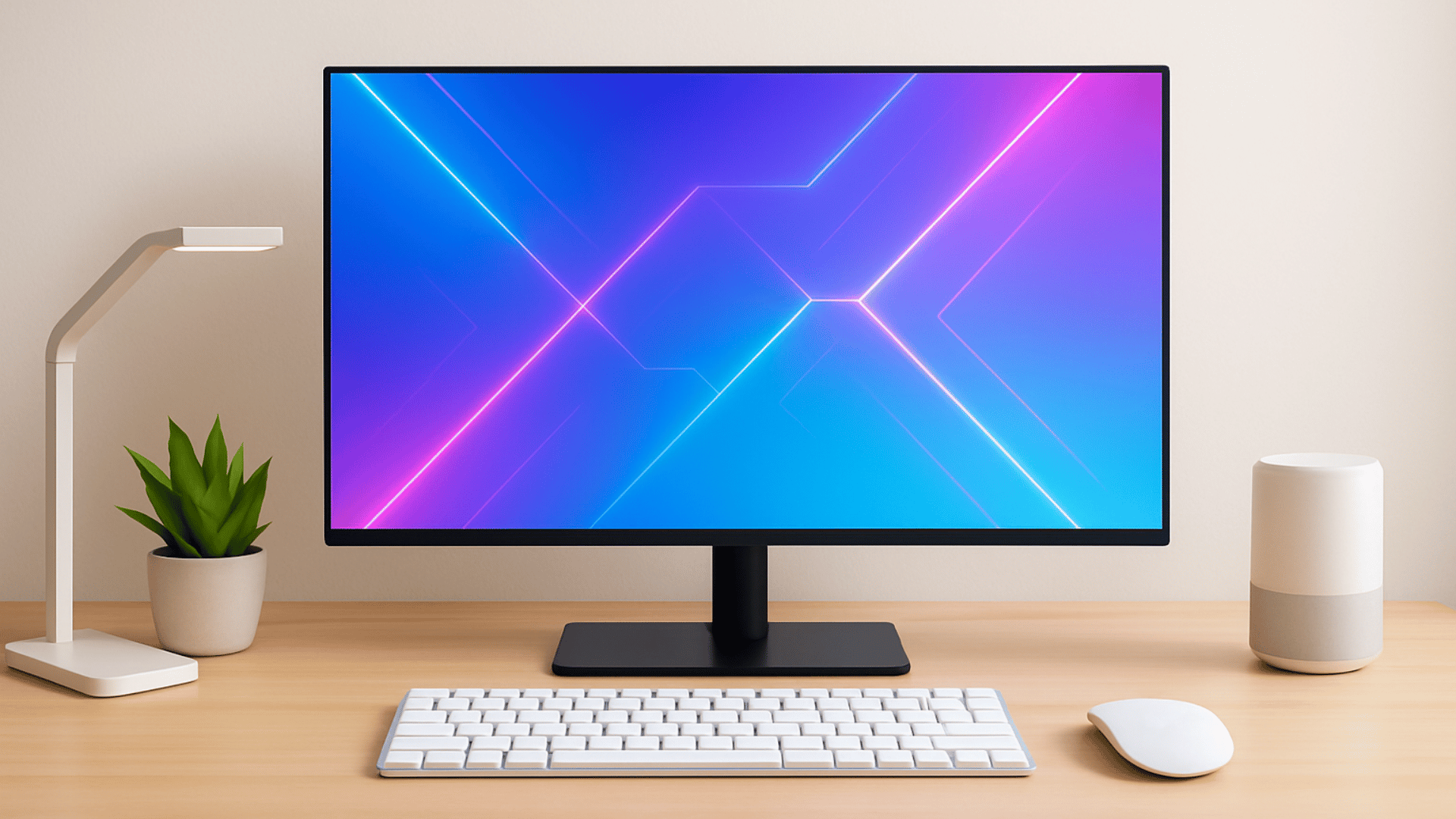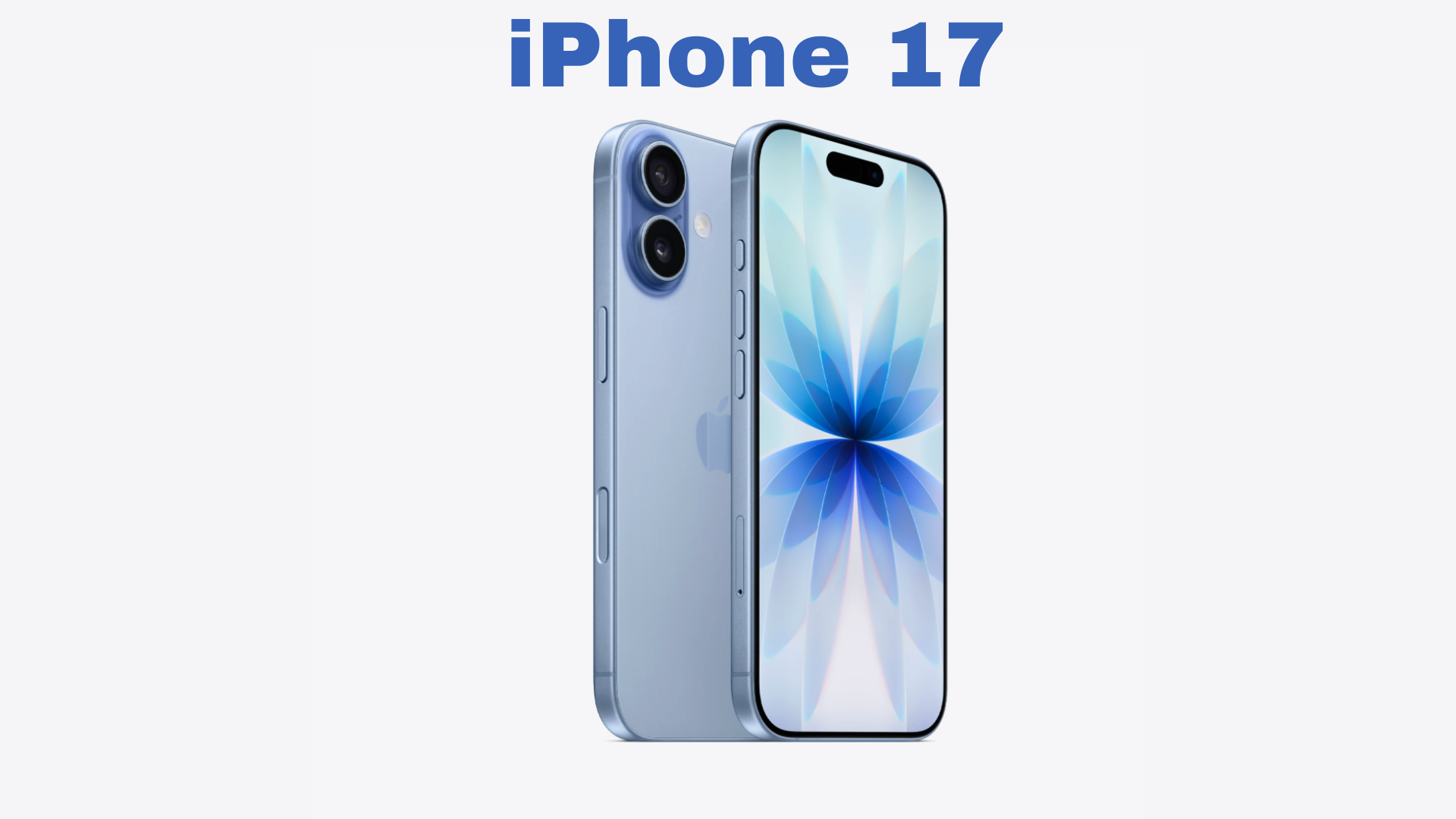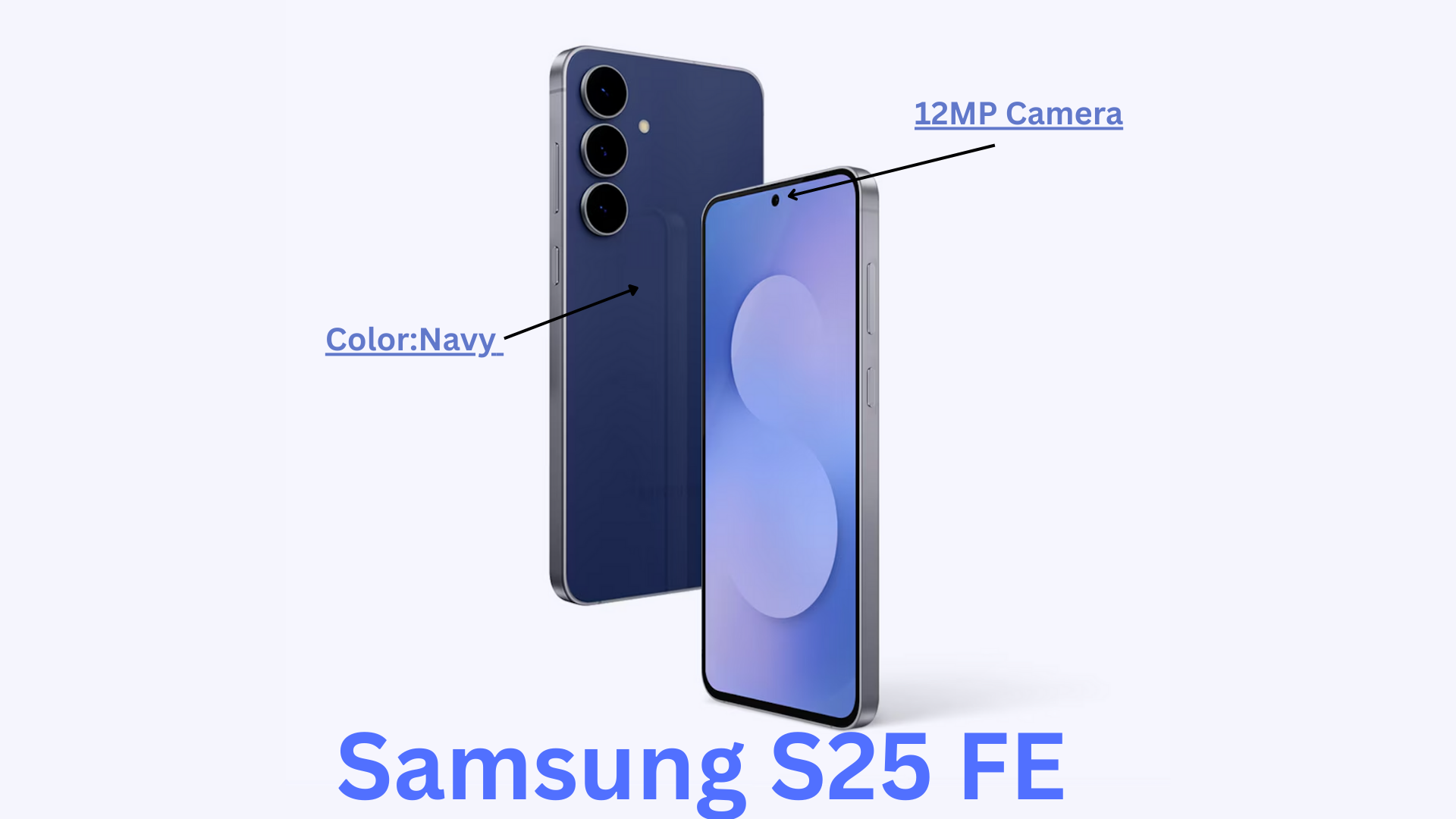1. Introduction
Are you tired of being confused with all the monitor options out there? IPS, refresh rate, HDR, contrast ratio, curved vs flat. Honestly speaking, if you’ve ever tried to pick a monitor without proper guidance, you know how frustrating and time-consuming it can be.
Choosing the right monitor is not just about screen size. Whether you are a student, remote worker, entrepreneur, gamer, or graphic designer, a poorly chosen monitor can negatively impact your productivity, eyes, and overall experience.
This article is a deeply researched, real-world approach to help you find your ideal monitor — one that matches your needs now and in the future.If you want clarity and confidence in buying the right monitor — read this article till the end becuase every section has something valuable to offer.
2. Why you need monitor while working from home and office
You must be doing multitasking, editing photos, or watching movies on a small laptop screen? It’s not just uncomfortable and also it’s inefficient. A monitor is not just a display, it’s a window into productivity, creativity, and comfort.
Here are the top 7 reasons why you need monitor for working from home and office
- Time Saver:Yes you read it right. Having a bigger monitor or separate monitor helps you in saving your precious time. Everyone has to read something on the monitor. Having a bigger screen helps you in giving quick glimpse of your content. You can quickly have look into multiple windows.
- Effort Saver: If you have monitor wih good size, you will not have to scroll to view content. You would be able to view your images, code snippets, diagrams without scrolling.
If you work on complicated things like code snippets or diagrams where you need to keep eye on each part or each line imagine how useful it could you be to you because you will not have to scroll, neither you will have to remember what is in the upper part of content.
Also you will not have to press ALT + TAB or COMMAND + TAB to switch between windows - Better Posture and Eye Comfort: Sitting upright and looking straight ahead is far better for your health than constantly looking down at a laptop.
- Multi-Tasking is Easier: With a bigger screen, you can open multiple windows side by side — helpful for students, coders, traders, and designers.
- Entertainment Upgrade: Streaming movies, gaming, or watching YouTube is way better on a larger, high-resolution monitor.
- Enhanced Creativity: Graphic designers, video editors, and architects need color accuracy and screen real estate for detailed work.
- Professional Impressions: For online meetings and presentations, a larger screen helps you look and perform more confidently.
From my personal experience, once I started using a monitor, my productivity and comfort increased dramatically — especially when working long hours.Even if you own a laptop, a second screen (monitor) is a game-changer — especially if you work or study from home.
3. Know Your Monitor Needs
Honestly speaking, most people skip this step and end up buying something they regret later. It’s not just about what you need today— it’s also about what you might need tomorrow. Let’s break it down based on user types and give you real-life examples to think ahead.
- Developer or Programmer: You may just need a Full HD monitor today, but will you start multi-tasking later? Consider getting a monitor with higher resolution (1440p or 4K) for future productivity gains.
- Graphic Designer or Video Editor: You need color accuracy today, but your future workflow might demand 10-bit color or HDR. Better go for an IPS panel with a wider color gamut.
- Student: Maybe today you need it for assignments and Zoom classes. Tomorrow, you might want to try editing, gaming, or coding. So make sure you pick something versatile — with good screen quality and ports like HDMI + USB-C.
- Gamer: Your current games might run well at 1080p 60Hz, but what about upgrading your GPU later? Then you’ll want 144Hz or even 240Hz refresh rate. Be future-ready.
- Home or Partner Use: Maybe your partner works from home too, or your kid will need it for online learning. Always consider shared or evolving needs when buying.
Ask yourself: Will I be happy with this display two years from now? If the answer isn’t a clear “yes,” you need to rethink your choice.
4. Types of Monitors: Panels That Define Performance
When shopping for a monitor, you’re not just choosing screen size or resolution — you’re also selecting the panel technology that affects everything from color accuracy to response time. Let’s break down the key types so you can make a smart decision.
🔍 Top 4 Panel Technologies
- OLED: Premium quality with infinite contrast, perfect blacks, and vibrant colors. Pricing of this panel is expensive. iPhones also use this display
- IPS (In-Plane Switching): Known for great color accuracy and wide viewing angles. Ideal for graphic designers, content creators, and professionals who work with visuals. If you search on online shopping store you will find most of the monitors with this panel.This monitors are budget friendly and value for money.
- VA (Vertical Alignment): Offers better contrast ratios and deeper blacks. Good for watching movies or content where darker scenes matter.Good for general purpose use or basic usage.
- TN (Twisted Nematic): The fastest in terms of response time, but often lacks in color accuracy and viewing angles. I would not recommended to use
Note
Each panel type has its pros and cons — it’s not about perfection, but about what fits your use case.
5. Monitor Shape: Flat vs Curved — What Suits You Best?
When it comes to buying a monitor, most people focus on specs — but shape plays a huge role in comfort, immersion, and even eye fatigue. Let’s explore the two main types: flat and curved monitors.
🖥️ Flat Monitors
- Most common and versatile option
- Perfect for general productivity, web browsing, document work, and coding
- Great if you work with multiple monitors side by side
🌈 Curved Monitors
- Designed to reduce eye strain by mimicking natural eye curvature
- Offers an immersive experience — especially for gamers and video editors
- More useful at larger sizes (32" and above)
- Helps avoid image distortion at edges if you are sitting close
⚖️ What Should You Choose?
- Developers and Professionals: Flat monitors are better for accurate line-of-sight and multitasking.
- Gamers and Multimedia Creators: Curved monitors can improve immersion and focus.
- Multitaskers and Streamers: Ultrawide curved displays provide an extended workspace without multiple screens.
Keep in mind: a monitor that’s too wide and too curved might feel uncomfortable if you’re sitting too close to your desk — especially if your table is small.
Suggestion
Measure your desk space before going for an ultra-wide or curved monitor.
6. Monitor Size
Choosing the Right Monitor Size: Balance Comfort and Utility
It’s tempting to go big — but bigger doesn’t always mean better. Actually, monitor size is all about balance: comfort, usage, and space. From personal experience, getting an oversized screen for a small desk can feel awkward — like sitting in the front row of a movie theater.
Different Sizes for Different Users:
- 22" – 24" Monitors: Ideal for students, office workers, or basic use. Fits well on compact desks and works great for browsing, docs, and emails.
- 24" – 27" Monitors: Best suited for developers, coders, and content writers. Offers enough space to multitask with split windows and IDEs.
- 27" – 32" Monitors: Perfect for video editors, designers, or traders who need larger canvas areas. Ensure you sit at least 2 feet away for best viewing comfort.
- Above 32” or Ultrawide: Great for multitasking pros or immersive gaming setups. But remember, they require large desks and proper distance to avoid neck strain.
Suggestion:Measure your table before selecting a size. A 27” screen might sound good, but if your desk is only 3 feet deep, it could dominate your space and feel uncomfortable.
Remember
Monitor size should enhance your workflow — not overwhelm your workspace. Comfort is just as important as screen real estate.
7. Eye Care Technology
Eye Care Technology: Protect Your Eyes for the Long Run
This is the most important factor you should look into your monitor.
Do you spend hours daily in front of your screen? Whether you are a student, coder, designer or working professional your eyes are constantly working hard. Honestly speaking, long screen time without the right eye-care tech can lead to eye strain, headaches, dry eyes, and even blurred vision.
That’s why modern monitors now come equipped with Eye Care Technologies that help reduce the harmful effects of screen exposure.
Here’s What You Should Look for:
- Flicker-Free Technology: Prevents screen flickering at low brightness, which usually goes unnoticed but tires your eyes quickly.
- Blue Light Filter: Reduces the blue light emission that disrupts your sleep cycle and causes strain. Perfect for late-night work or Netflix binges.
- Anti-Glare Coating: Cuts down screen reflections — especially useful if you work near windows or bright lights.
- Auto Brightness Adjust: Some premium monitors come with sensors that adjust brightness based on room lighting — keeping your eyes comfortable.
- Matte Screen Finish: Helps reduce eye fatigue compared to glossy screens that reflect ambient light.
From my personal experience, switching to an eye-care monitor improved my focus and reduced after-work fatigue. If your partner or family shares the monitor, this becomes even more crucial.
Important Tip
Even budget monitors now come with Flicker-Free and Low Blue Light features — don’t skip them. Your eyes will thank you!
8. Reviews
Read Real Reviews, Not Just Ratings
Honestly speaking, marketing claims can be misleading. What looks amazing on paper might not perform the same in real life. That’s why reviews — especially from real users — are your best friend when choosing a monitor.
What Makes a Review Trustworthy?
- Personal Experience: Ask your colleagues, friends, or even family members about the monitors they use. Their insights are often more practical than any spec sheet.
- YouTube & Reddit: Watch video reviews where people show real-world setups, performance, and comfort.
- Verified Buyer Feedback: Look at reviews from platforms like Amazon or Flipkart but only focus on verified purchases. Ignore overly dramatic ratings — check the middle-range reviews for balanced opinions.
From my own experience, a friend once recommended a monitor that I wouldn’t have considered based on specs alone. But it turned out to be a perfect fit for my workspace and eyes. That kind of honest feedback is priceless.
Suggestion
Don’t just go by star ratings. Watch at least two video reviews and talk to one real user before deciding.
Important Tip
A product with fewer reviews but more real-life videos may be better than one with thousands of fake ratings. Trust human experience more than marketing numbers.
9. Brand
Brand Matters: Quality, Trust & After-Sales Support
The brand you choose can make a huge difference — not just in product quality, but also in service, trust, and resale value.
Here are the top 5 reasons to select branded monitor:
- Reliability: Top brands are known for using better-quality components and more consistent performance.
- Customer Support: Well-known brands usually have stronger customer service and faster complaint resolutions.
- Warranty & Repair: Trusted brands provide solid warranties and easy access to service centers across cities.
- Long-Term Use: Monitors from reliable brands age better, giving you value for money over time.
- Trust Factor: A known brand means you know what you’re getting — fewer surprises, more peace of mind.
Based on experience and user feedback, here are some of the most trusted monitor brands in India: Dell, LG, Samsung, ASUS, BenQ, Acer, HP
Pro Tip
Stick to brands that offer at least 3 years warranty and have local service centers near your city or town.
9. Budget
Spend Wisely, Not Blindly
Actually, setting a clear budget is your first practical step toward buying the right monitor.
- Start with clarity: Decide how much you can comfortably spend without affecting your other expenses.
- Think about your usage: Are you a student, developer, gamer, or content creator? Your needs determine your spend.
- Match features with reality: Avoid falling for flashy specs that you won’t even use daily.
- Real Talk: From my personal experience, stretching your budget too much just for fancy features rarely pays off. It is always better to find the best combination of features that match your usage — not your fantasy.
- Plan long-term: Spending a bit more today for better specs might delay your next upgrade, saving you money in the long run.
10. Latest Features of Monitor
Modern monitors are more than just screens — they come packed with smart features that can seriously boost your daily experience.
🧠 Latest Features Of Monitor That You Should Consider in 2025
- Picture-by-Picture (PbP): Lets you connect and view multiple inputs (like laptop and desktop) at the same time.With this feature you can use Windows and Mac same time on your monitor
- Auto Brightness: Adjusts brightness based on your room lighting. Saves your eyes and electricity.
- OTT support:Support for streaming apps such as Netflix, YouTube, Amazon Prime video.
- Airplay and Screen Share support: Useful for sharing screen from iPhone and Android mobile.
- Bluetooth Connectivity: Bluetooth connectivity will help you to connect bluetooth speakers, bluetooth keyboard.
- Blue Light Filter / Low Blue Light Mode: Reduces eye strain during long hours, especially at night.
- Flicker-Free Technology: Prevents eye fatigue by eliminating screen flickering — essential for daily work users.
- KVM Switch:KVM stands for Keyboard Video Mouse.It allows you to control multiple PCs, laptops using single keyboard, monitor and mouse
- Screen Split / Easy Arrange: Comes with built-in software to organize multiple windows automatically (seen in LG OnScreen Control, Dell Display Manager, etc.)
- Integrated Webcam & Mic: Great for professionals who attend frequent video calls or classes.
- Adaptive Sync / FreeSync / G-Sync: Prevents screen tearing during gaming by syncing refresh rate with GPU output.
- USB-C or Thunderbolt Ports: Enables single cable connection for power, video, and data — great for MacBook and laptop users.
- Built-in Speakers: Decent for casual use, helpful if you want to avoid desktop clutter.
- Ergonomic Stand Support: Allows height, tilt, swivel, and pivot adjustments.
Pro Tip
Choose features that match your usage — not just the fanciest buzzwords. Smart features should make your life easier, not complicated.
Pro Tip
Choose features that match your usage — not just the fanciest buzzwords. Smart features should make your life easier, not complicated.
11. Conclusion
Conclusion: Make a Smart, Not Trendy, Decision
Choosing a monitor isn’t just about going for what looks attractive on paper — it’s about understanding your needs, planning ahead, and investing wisely. Through this guide, we’ve explored everything that matters: from setting a practical budget, considering future usage, understanding panel types, caring for your eyes, to choosing the right size and exploring the latest features.
Let’s recap what you’ve learned:
- 💰 Budget & Brand: Spend smart, stick with reliable brands that offer good after-sales support.
- 🧑💻 Know Yourself: Buy based on your current and future professional or personal needs.
- 👁️ Eye Comfort: Prioritize eyes with flicker-free and blue light filtering technologies.
- 🔍 Reviews Matter: Real-world reviews and recommendations from people you trust are gold.
- 📐 Size & Shape: Go for a size that fits your space and usage. Bigger isn’t always better.
- 🧠 Smart Features: Only choose modern features that truly benefit your workflow or comfort.
Buying a monitor is like choosing a workspace partner — you don’t just want good looks, you want reliability, comfort, and performance.
Thank you for reading! I hope this guide helped you make a clear, confident, and value-packed monitor purchase decision.



